This August, I took a trip to the 7D Ranch in northwest Wyoming to tell a human story of conservation from a local perspective. Meade Dominick, along with his wife Andrea manage the 7D guest ranch and are owners of 7D Outfitting, a hunting operation specializing in northern Absaroka Range bighorn sheep hunts. Meade is the third generation to come into a management role.
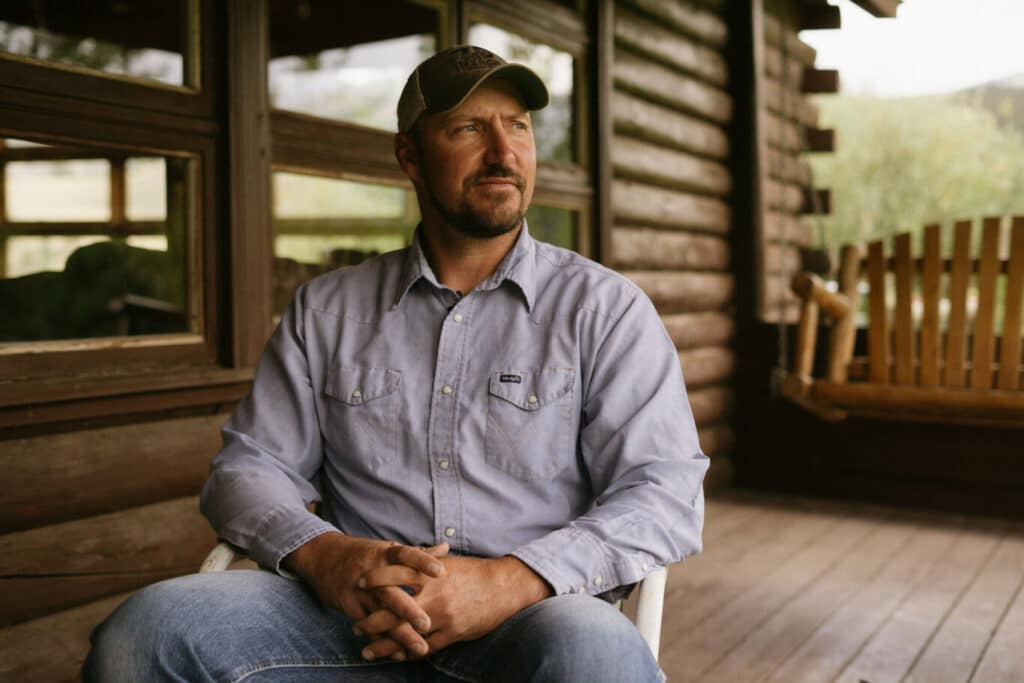
“Our mission statement is to promote and enhance this wild place, and Sunlight Basin, and to educate our guests and our staff about this place and what makes it so special. At the same time, to try and keep it just the way it was when it came into our family in the ’50s.” – Meade Dominick
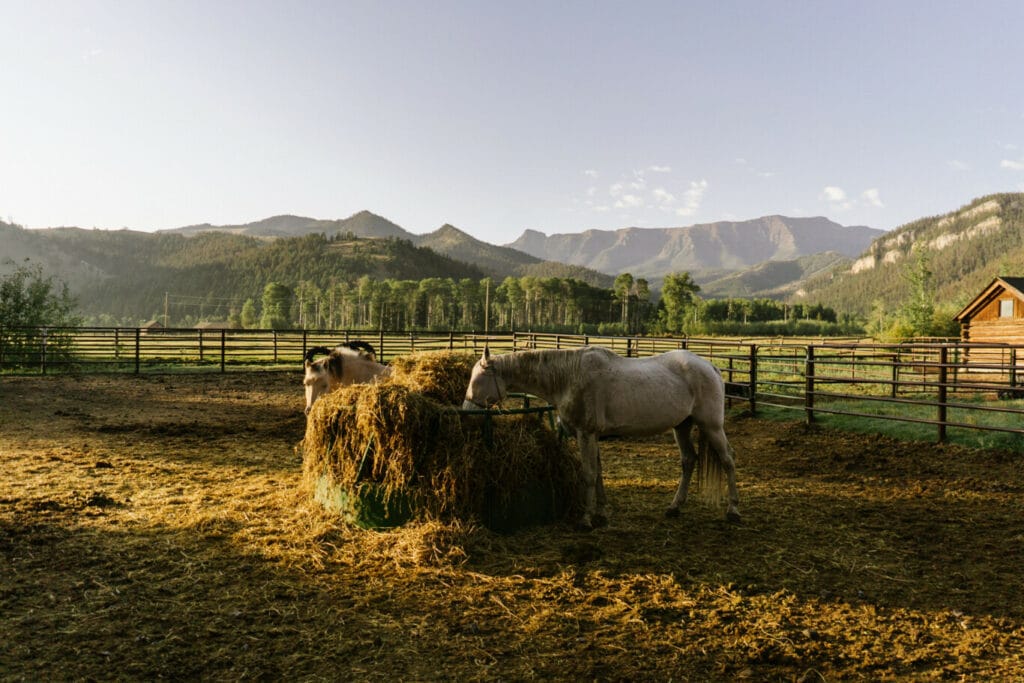
The 7D Ranch got its name when Lee and Dewey Dominick bought the operation in 1958. The two of them and their five children provided the inspiration for the name “The 7D” referencing the seven Dominicks. Now, more than six decades later, the ranch is an LLC with 14 different family members that are shareholders, ensuring the operation stays with the family and can remain committed to their conservation ethos.
As we rode into one of 7D Outfitting sheep hunting camps ahead of the season opener, we engaged in dialogue concerning everything from contemporary conservation issues, to mule feet. We talked with Meade about the interrelationships between ranching, outfitting, community, and conservation. Specifically, we discussed how becoming more involved with the public process is so important to the longevity of any policy or management goals.
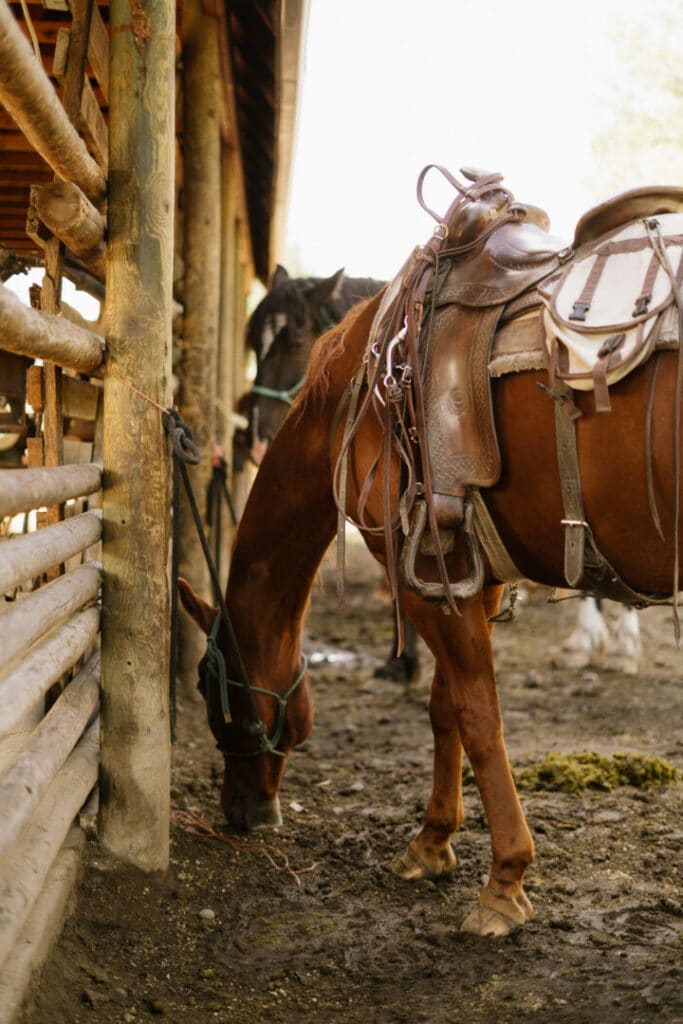
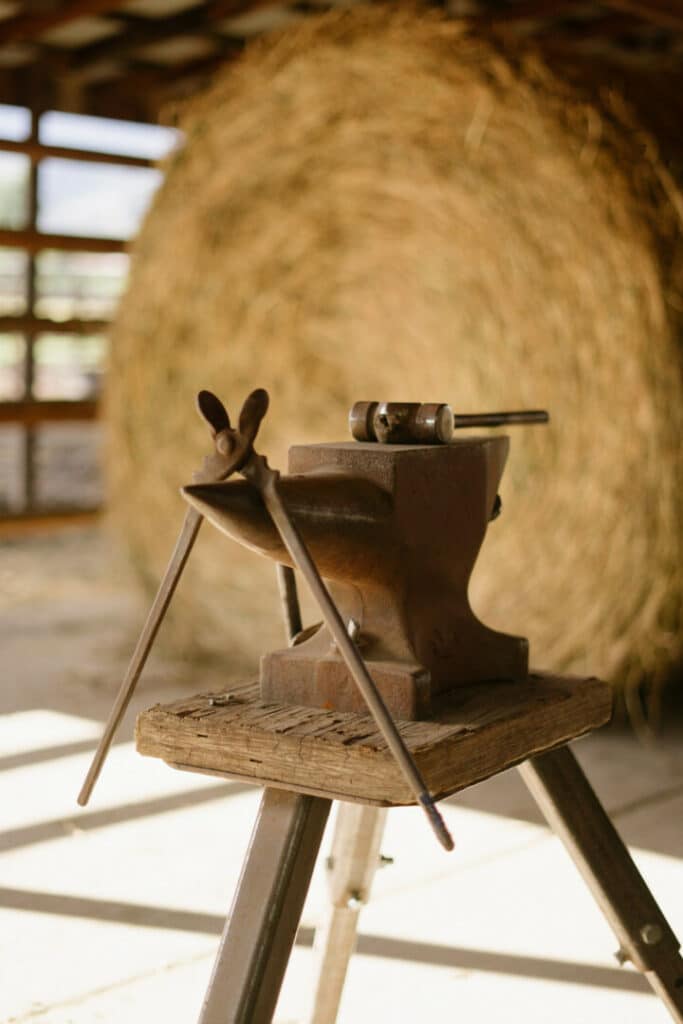
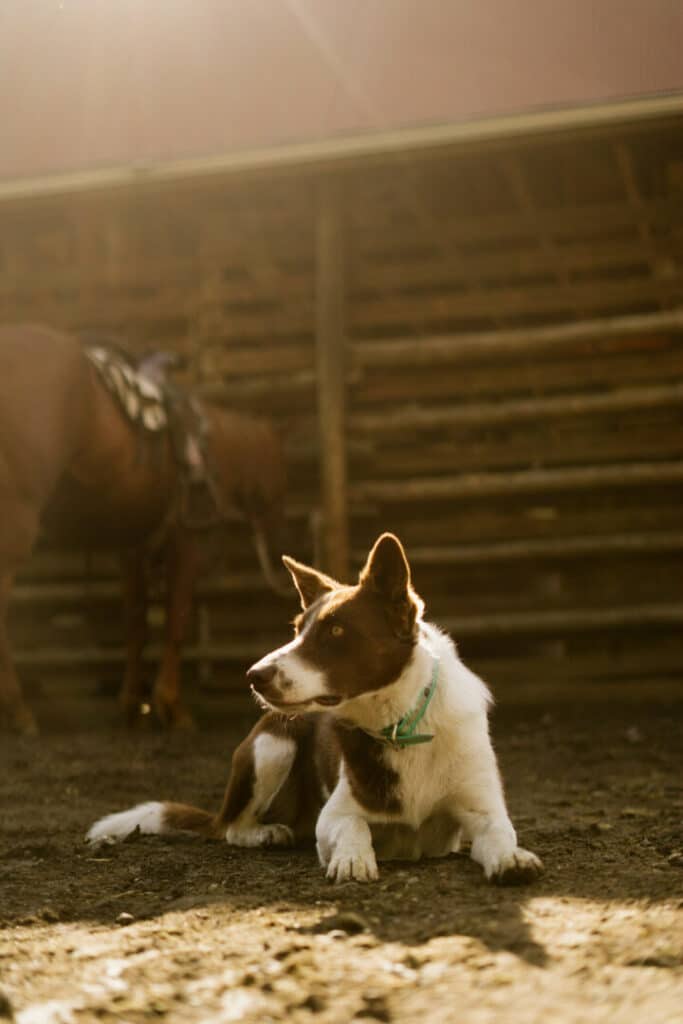
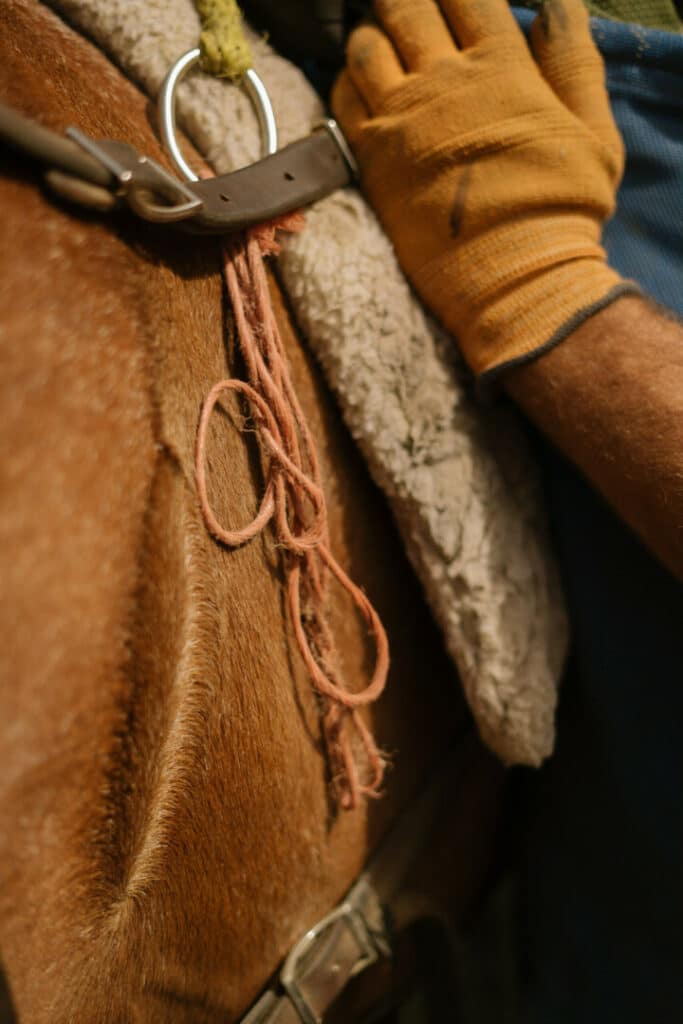
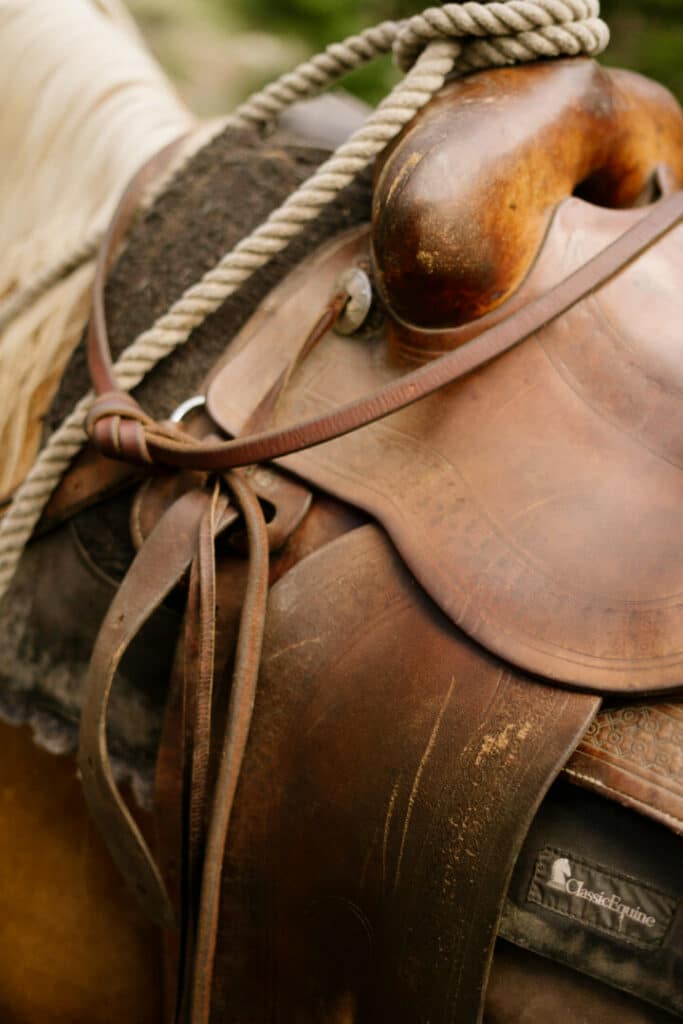
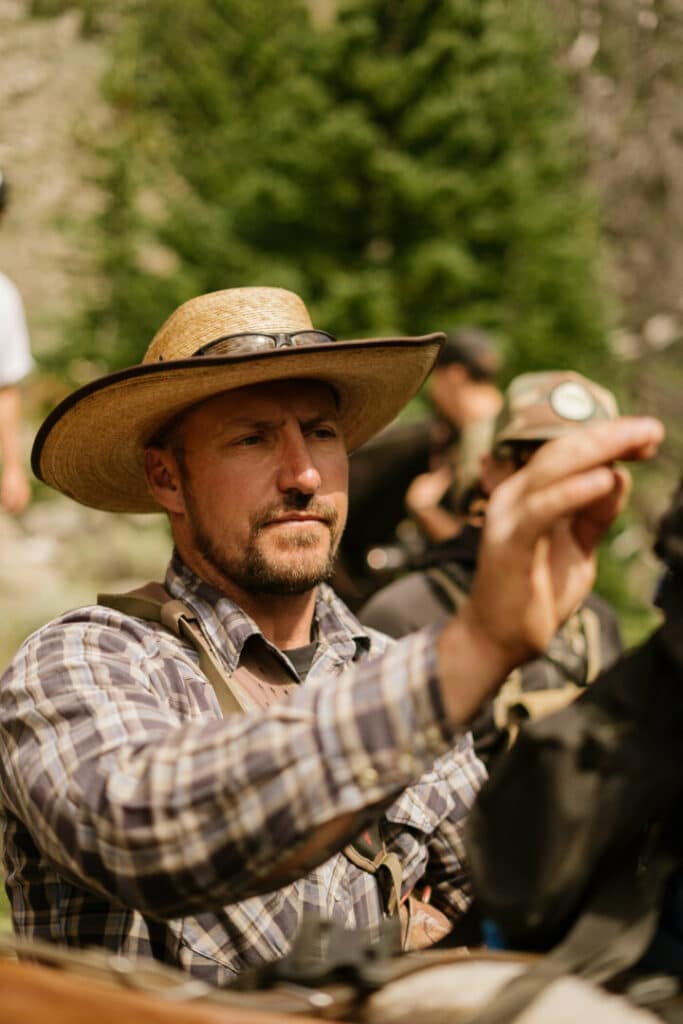
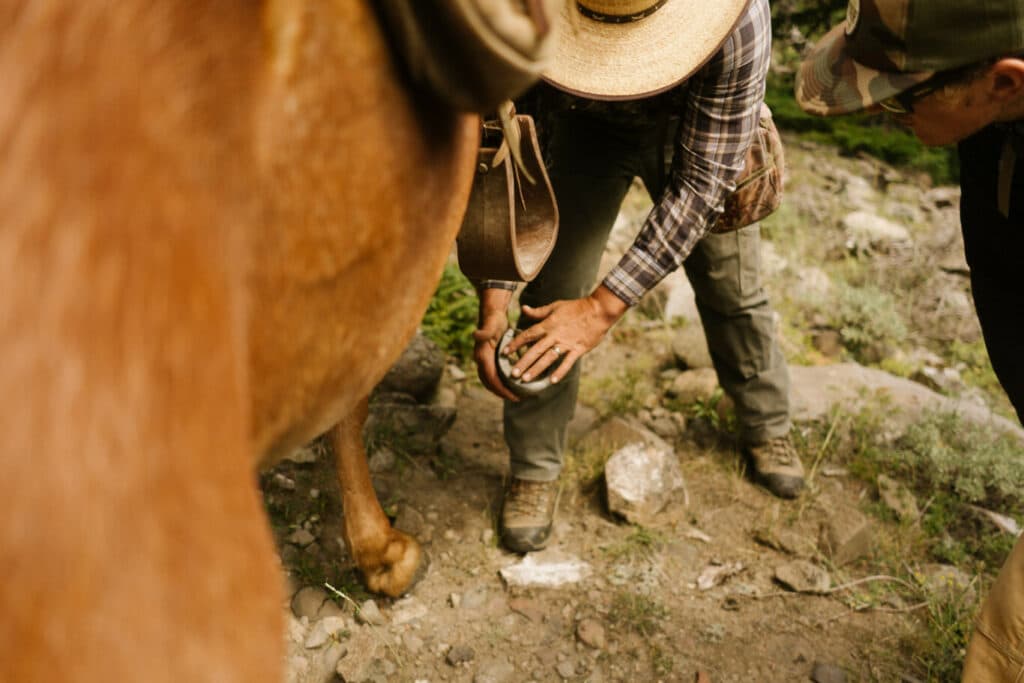
Recently, the issue of corridor protection gained greater attention and support via an Executive Order issued by Wyoming Governor Mark Gordon. The Draft Executive Order outlines the process for designating a migration corridor and provides definitions and management protocols for high, medium, and low use, as well as for stopovers and bottlenecks. Three migration corridors have been designated in Wyoming thus far – the Sublette mule deer, Platte Valley mule deer, and the Baggs mule deer.
While there are currently no officially recognized migration corridor designations in the greater Absaroka, Meade and the 7D nonetheless aware of the seasonal animal movements that affect their livelihood. Meade says, “it’s amazing because there are many parts of the world where these corridors are gone or have been lost. We can’t allow that to happen in Wyoming. The first step I think in stopping something from going the wrong direction is, (1) recognizing the presence of these routes and their importance to the health of these populations, and (2) coming up with a plan on how to promote, and enhance these corridors and keep them thriving for years to come.”
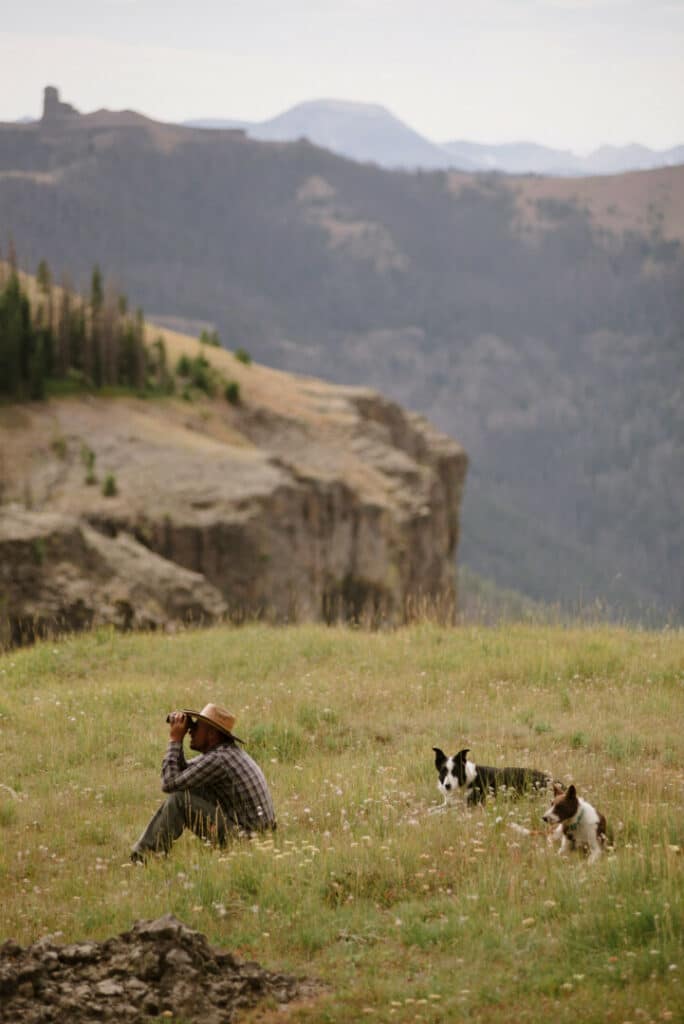
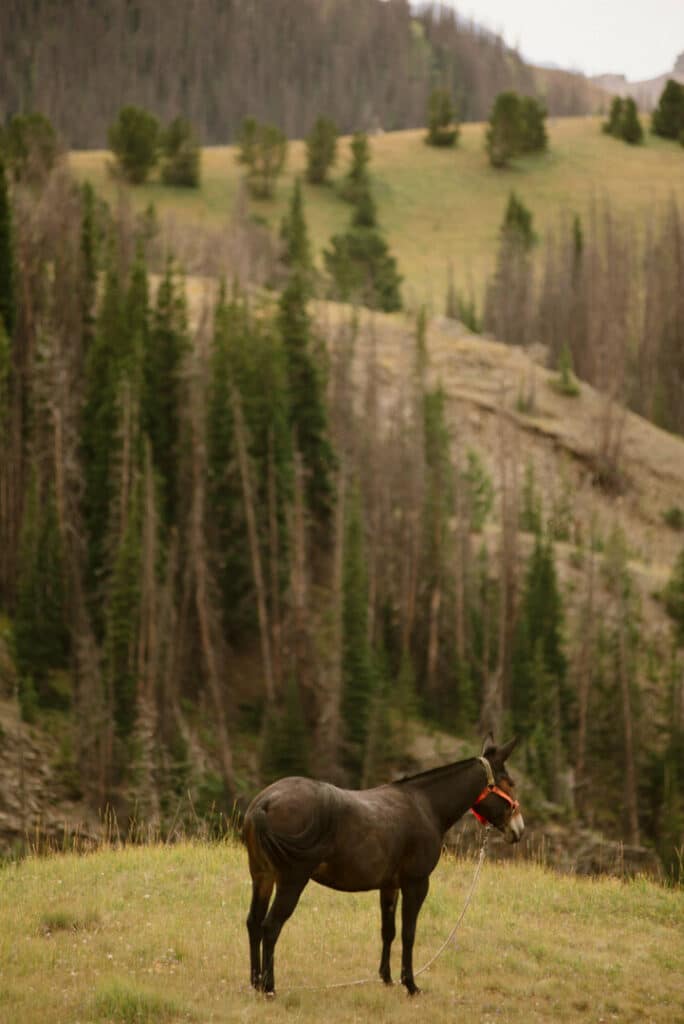
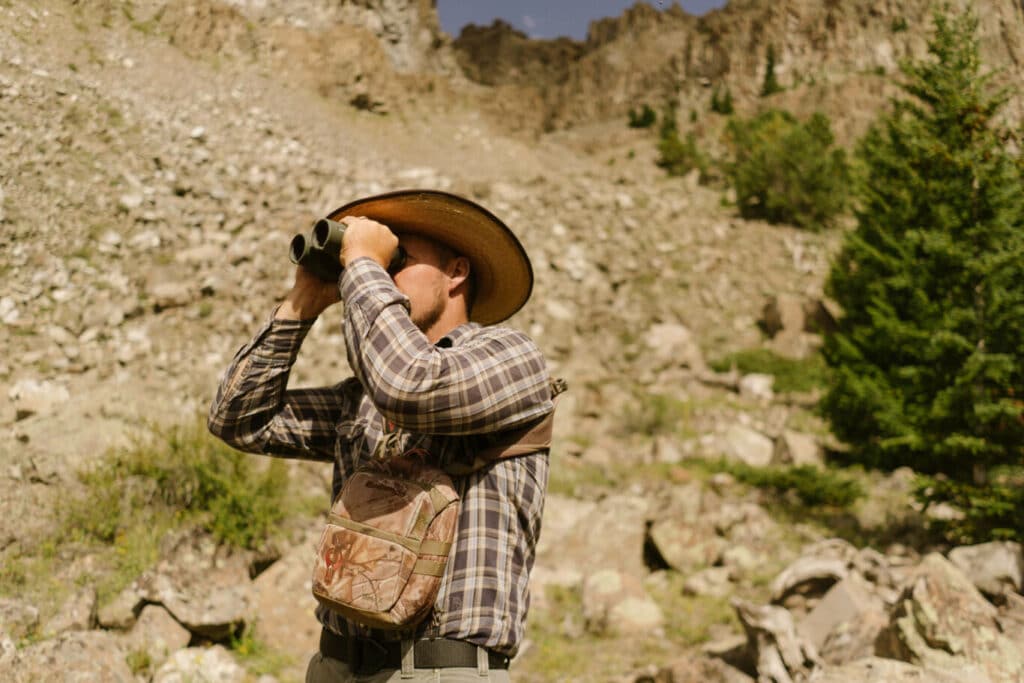
Like so many other issues, conserving and enhancing the seasonal migratory routes of ungulates is as much a human issue as it is a wildlife one. So often, conservation measures are advocated for and implemented without understanding the human components that may be affected by policy and management initiatives. In my opinion, conservation is as much about relationships with the people of a place, as it is about wildlife or habitat.
We have to see the whole picture
It’s important to understand how people affect the seasonal movements of wildlife and how those movements affect people. Hunters, outfitters, and others living and recreating in the rural west interact with elk, deer, moose, and pronghorn on a regular basis. For many, the commute to work is just as likely to be halted by a group of mule deer as it would be a traffic light. We all have a responsibility to reflect on how our decisions affect wildlife and how wildlife shapes our communities. From this place, we make more informed decisions.
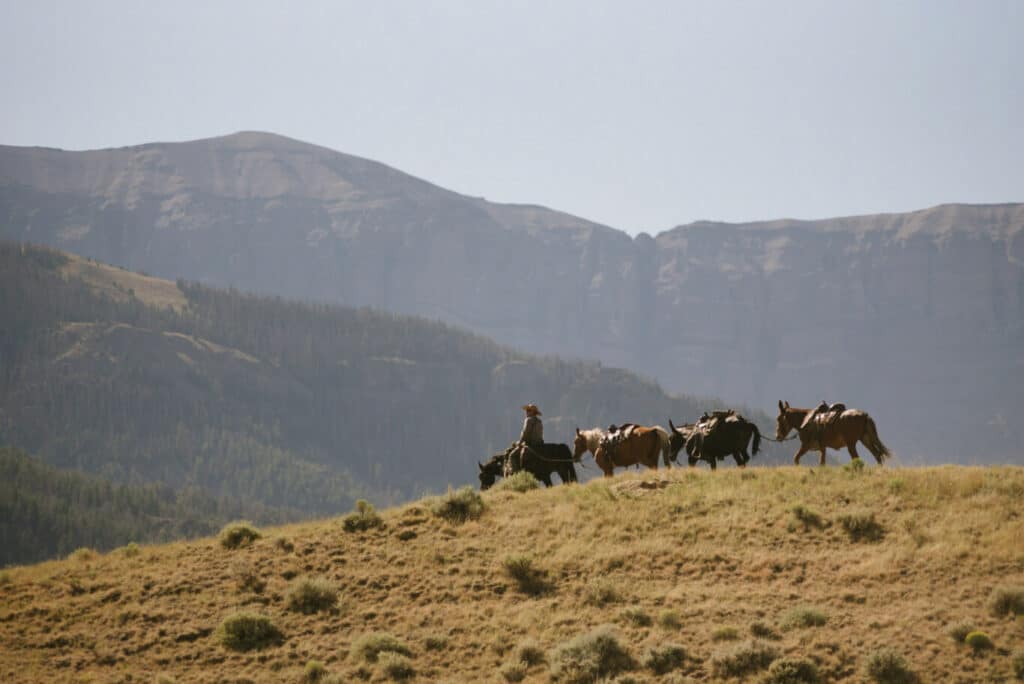
We are encouraged by the steps Governor Gordon and his administration have taken to ensure the health of Wyoming’s wildlife herds and their seasonal corridors, while also establishing a foundation of trust that will help provide viability to the businesses and individuals who are part of Wyoming’s hunting and outfitting heritage — family businesses like the 7D.
As the 7D is concerned, Meade and his wife Andrea are committed to promoting and enhancing their part of Wyoming. From this, we are certain that others across the state share their commitment. Join is in celebrating their efforts, as well as the wildlife we all value, by taking the next step and supporting our wildlife and hunting heritage.
Photography by Joseph Haeberle @josephhaeberle
